Do you feel irritated when an ad suddenly starts playing in the middle of your video content, and the ad is not relevant to you at all? We all have been there! And this is one of the major reasons why people contemplate buying ad-free streaming plans in the first place. But these plans are expensive. Hence many subscribers then face “Subscription Fatigue”.
So, is there any way through which streaming businesses can ensure a better ad experience for the audience? Yes, certainly there is – Programmatic Advertising. With its advanced targeting capabilities, real-time bidding and optimization, and dynamic ad insertion, programmatic advertising has emerged as a powerful tool to deliver better streaming ads.
In this blog, we’ll see how programmatic advertising and real-time bidding are used to avoid ad overload and make streaming ads enjoyable. So, let’s get started!
Create Your Own-Branded Streaming Platform in Minutes, Without Coding! Click Here to Get Started! |
What is Programmatic Advertising?
Programmatic Advertising is the automated buying and selling of digital ad inventory through an auction. It utilizes demand-side platforms (DSPs) and supply-side platforms (SSPs) to facilitate the buying and selling process.
Programmatic advertising offers greater efficiency, precision, and scalability compared to traditional ad-buying methods. It enables advertisers to reach their target audiences more effectively. It optimizes their ad spends in real-time, ultimately delivering better ROI.
In short, it shows you ads that you are really interested in, and it completes the entire process in real time! Interested to know how it happens? Let’s see how it works.
How It Works?
When you visit a streaming website or use an app with ad space, data about you (like your demographics, interests, and browsing history) is quickly analyzed. Advertisers bid on this ad space based on who they want to reach and how much they’re willing to pay. The highest bidder’s ad gets shown to you. And it all happens in the blink of an eye!
Here are the steps involved in this process:
- Data Collection and Analysis: The websites collect user data including demographics, interests, and browsing behavior in real time.
- Ad Inventory Auction: Advertisers use DSPs to set targeting criteria and bidding parameters based on their campaign objectives. These criteria may include factors such as audience demographics, geographic location, device type, and time of day. The DSP then submits bids on behalf of the advertiser for ad impressions that match the specified criteria.
- Ad Auction: Publishers make their ad inventory available through SSPs. The SSPs participate in real-time auctions to sell ad impressions to the highest bidder. The auction process typically takes milliseconds to complete.
- Ad Serving: The winning ad from the auction is dynamically inserted into the webpage or app in real time. The user sees the ad when they load the content.
- Optimization and Reporting: Throughout the campaign, DSPs and SSPs continuously optimize ad placements based on multiple factors like click-through rates and conversions. Advertisers receive detailed reports on campaign performance. They can then use these reports to refine their targeting and bidding strategies for future campaigns.
How Programmatic Advertising Improves Ad Experiences?
Programmatic advertising can significantly enhance the streaming ad experience in several ways:
- Targeting Capabilities: Using programmatic advertising, you can target specific audiences based on various parameters such as demographics, interests, behavior, and location. This means that users are more likely to see ads that are relevant to them. Hence, it makes the overall streaming ad experience more personalized and engaging.
- Dynamic Ad Insertion: Programmatic advertising enables dynamic ad insertion, where ads are inserted into streaming content in real time based on user demographics and preferences.
- Frequency Capping: Programmatic platforms allow advertisers to set frequency caps to control the number of times a user sees a particular ad within a given time frame. This helps prevent ad fatigue. The users don’t need to watch the same ad repeatedly.
- Advanced Analytics: Programmatic advertising provides advertisers with advanced analytics and insights into ad performance, allowing them to understand user behavior and preferences better. This data can be used to refine targeting strategies and optimize ad placements.

What is Real-Time Bidding (RTB)?
As we already discussed in the above process, when you visit a website or app with ad space, data about you—like your interests and browsing history—is collected. Then, advertisers use demand-side platforms (DSPs) to bid on ad impressions that match their target audience and campaign goals. On the other side, supply-side platforms (SSPs) handle the ad space, offering it up for auction to the highest bidder. All of these take place in real-time, within milliseconds.
Do you know what this process is called? That’s real-time bidding for you!
Real-time bidding or RTB is one of the most crucial elements in programmatic advertising. It enables the automated buying and selling of ad inventory in real time through auctions.
Major Benefits of Real-Time Bidding
Some of the major benefits of real-time bidding include:
- Cost Efficiency: Advertisers can optimize their ad spend by bidding on impressions in real-time. It ensures they pay the right price for valuable ad placements.
- Real-Time Optimization: Based on performance metrics, campaigns can be adjusted in real time. Hence, it maximizes ROI and effectiveness.
- Increased Transparency: RTB provides transparency into ad placements and performance. It allows advertisers to make data-driven decisions.
- Dynamic Ad Serving: Ads are dynamically served based on user data and bidding parameters. It ensures relevance and engagement.
As you can see clearly now, most of the benefits of programmatic advertising are derived from real-time bidding. Hence, the efficiency of programmatic advertising actually depends on real-time bidding efficiency.
How Real-Time Bidding Works in Programmatic Advertising?
RTB functions as a programmatic auction system for the automated buying and selling of digital ad impressions in programmatic advertising. The process takes place as follows:
- Impression Trigger: A user visits a publisher’s website or app using programmatic advertising. This initiates an ad request, representing an available ad space (impression).
- SSP Initiates Auction: The publisher’s Supply-Side Platform (SSP) broadcasts a bid request. The bid request contains user data, website context, and ad unit specifications to connected ad exchanges.
- DSPs Evaluate Opportunity: Demand-Side Platforms (DSPs) employed by the advertisers receive the bid request. They assess its alignment with their targeting criteria.
- Real-Time Bidding: If interested, the DSP leverages its algorithms to determine an appropriate bid amount in milliseconds. This bid reflects the advertiser’s valuation for that specific user and ad space based on factors like audience demographics, content relevance, and campaign goals.
- Ad Exchange Award: The ad exchange acts as the auctioneer, instantaneously analyzing all bids received from participating DSPs. The impression is awarded to the advertiser with the highest conforming bid.
- Ad Delivery or Next Impression: The winning advertiser’s ad is displayed on the publisher’s website/app. If no bids meet the publisher’s reserve price, the process repeats for the next available impression.
Throughout this process, complex algorithms and data analysis play a critical role.
- Advertiser-Side: Advertisers leverage user data, contextual signals, and historical campaign performance data to inform their real-time bids, maximizing return on ad spend (ROAS).
- Exchange-Side: The ad exchange considers factors like ad format compatibility, campaign goals of participating DSPs, and overall revenue optimization to determine the winning bid.
This real-time, data-driven competition ensures efficient allocation of ad inventory. It results in fetching higher CPMs for publishers while delivering highly targeted ads to viewers.
To Sum Up
Programmatic advertising, with the help of real-time bidding, serves the most relevant streaming ads to viewers. These ads are specially selected based on the user’s data, preferences, and behavior. Hence, though users see the ads, they enjoy the ads and gain something valuable from them. Hence, they don’t get irritated with unwanted ads anymore!
If you are planning to enable programmatic advertising in your streaming platform, know that it is not that easy. But if you build your streaming platform on top of Muvi One, the state-of-the-art ad ecosystem of Muvi One will help you deliver the best ad experience to your viewers. Click here to try Muvi One for FREE for 14 days.

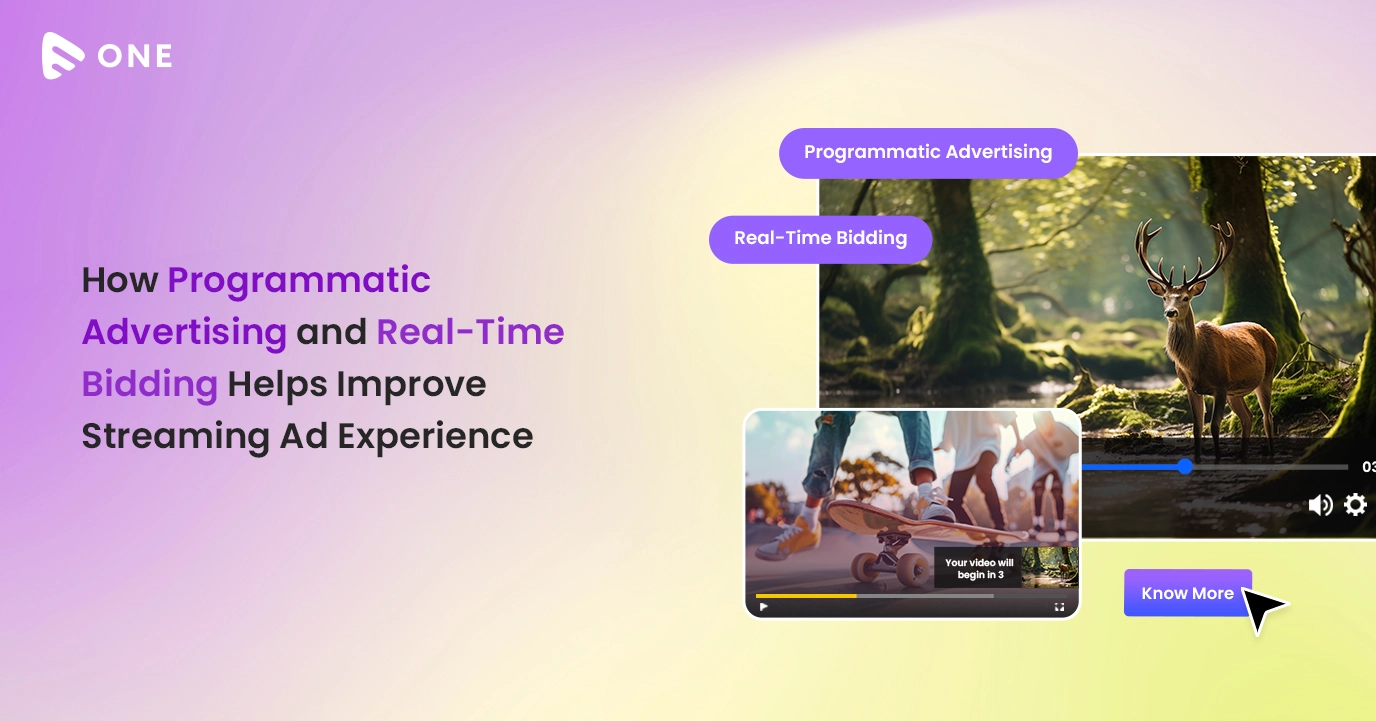





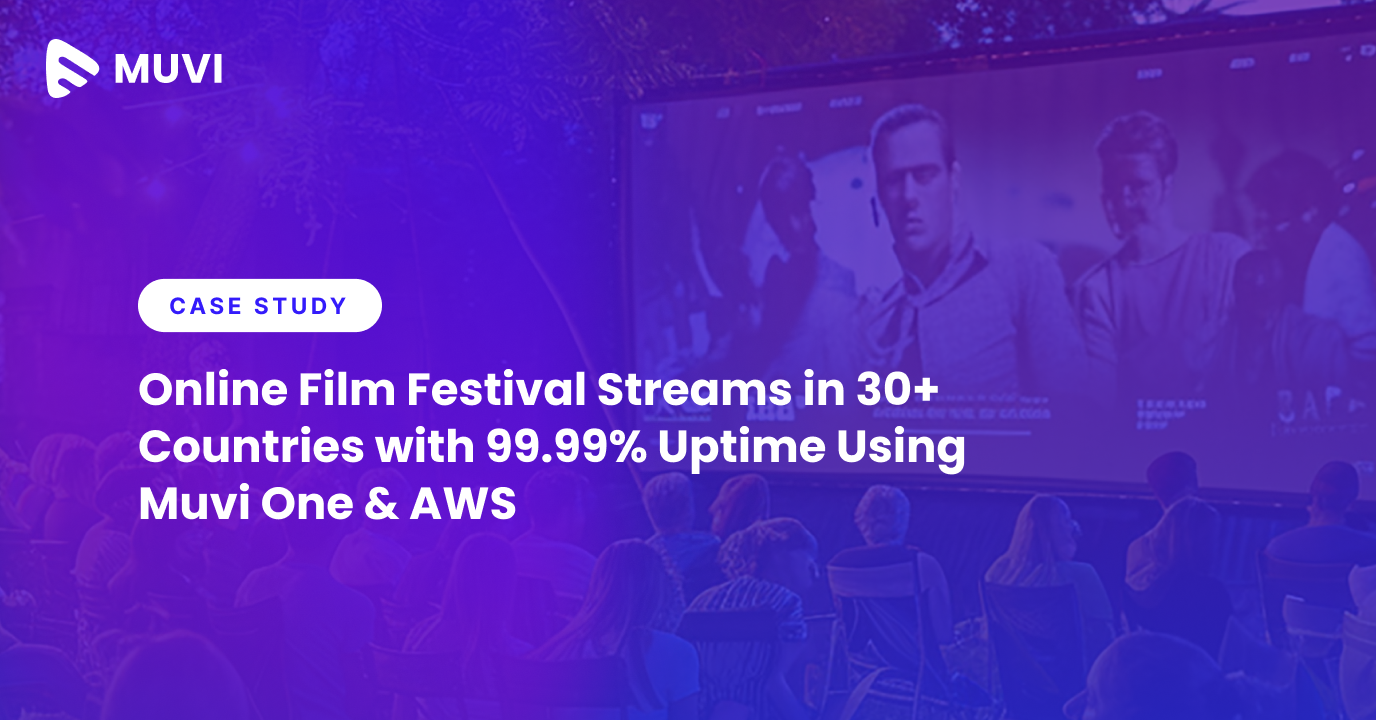




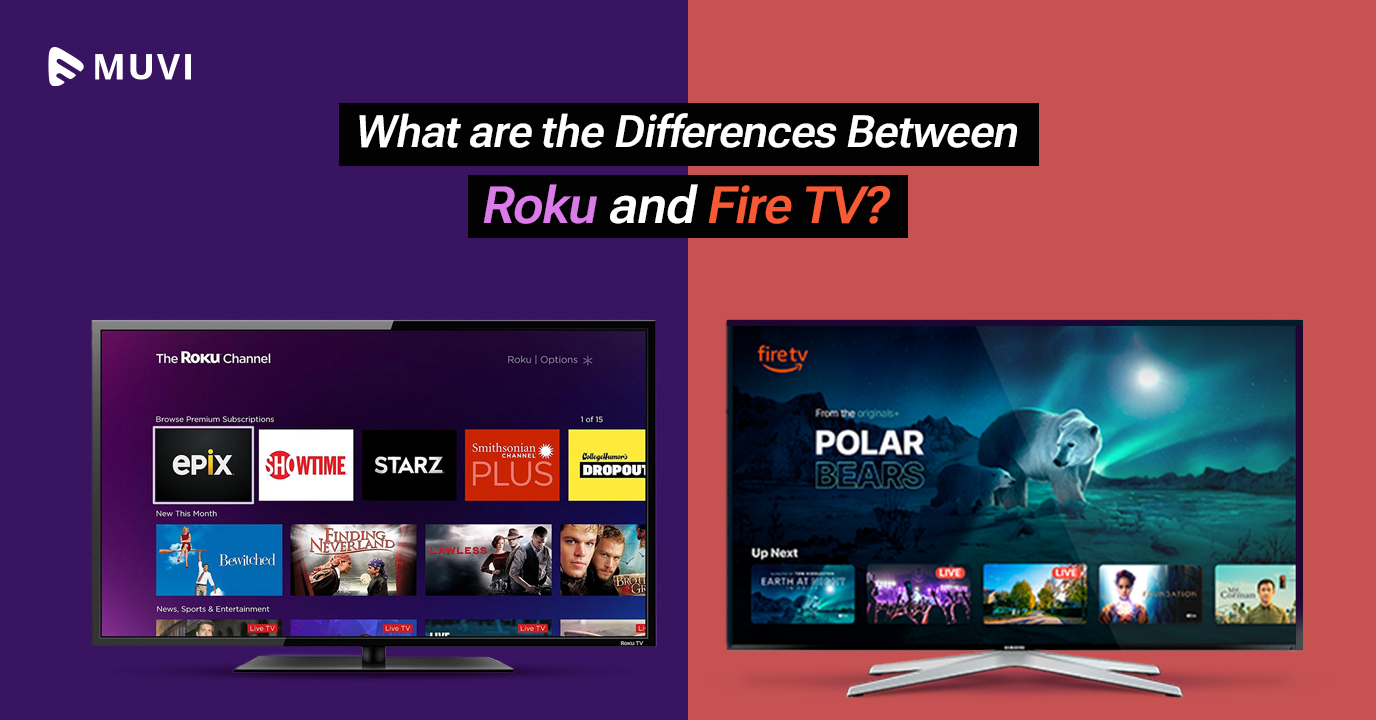
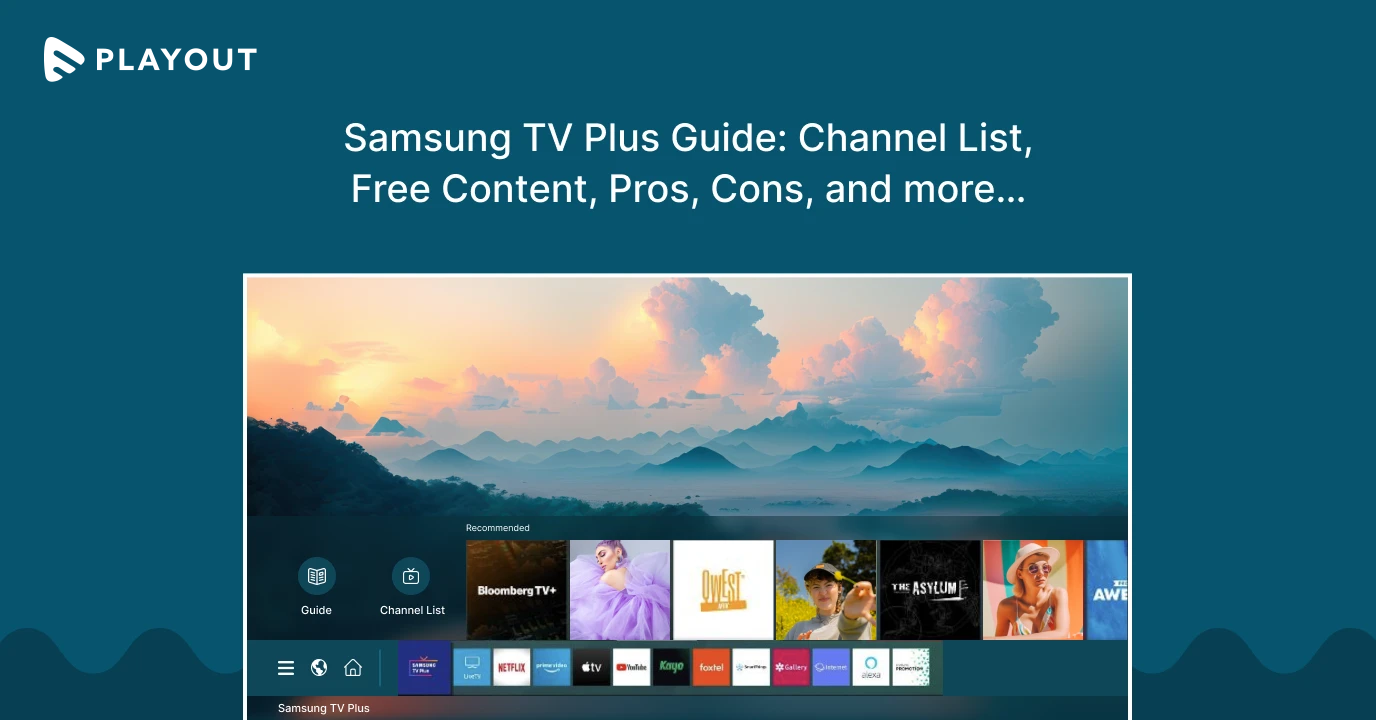
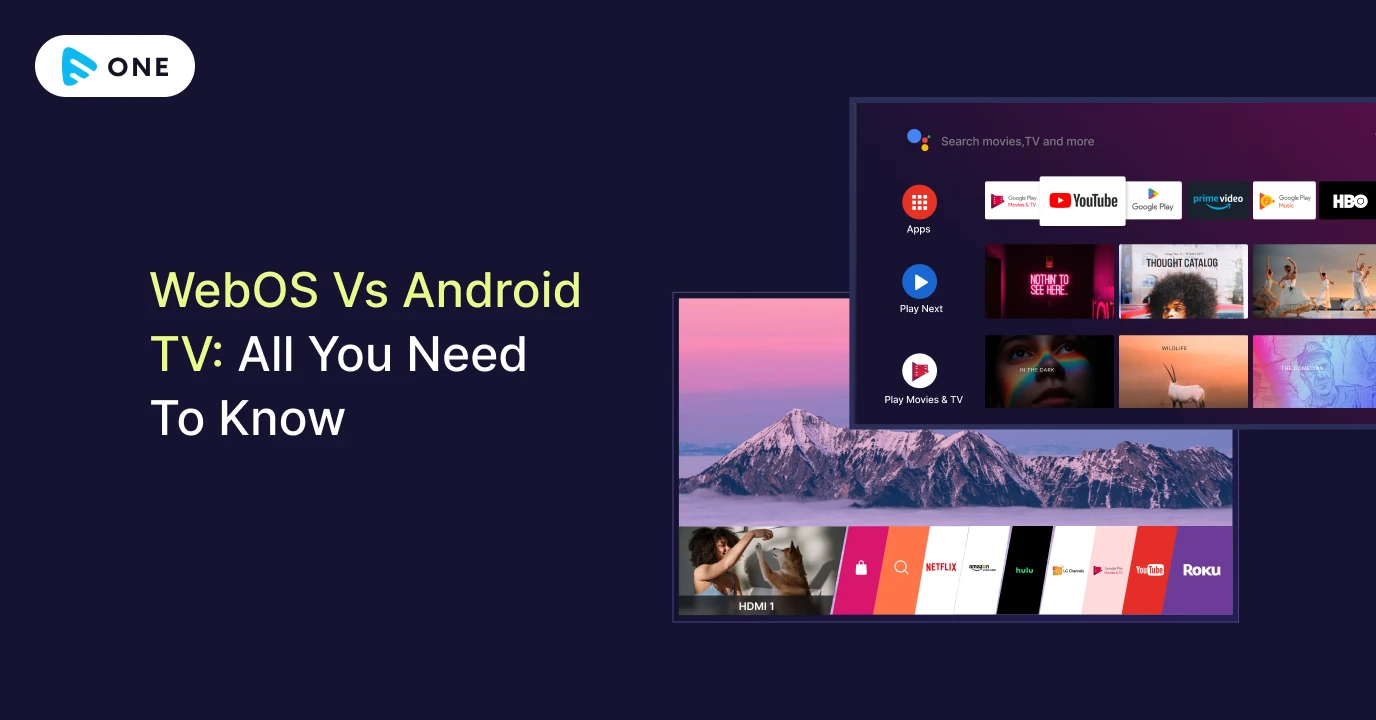



Add your comment